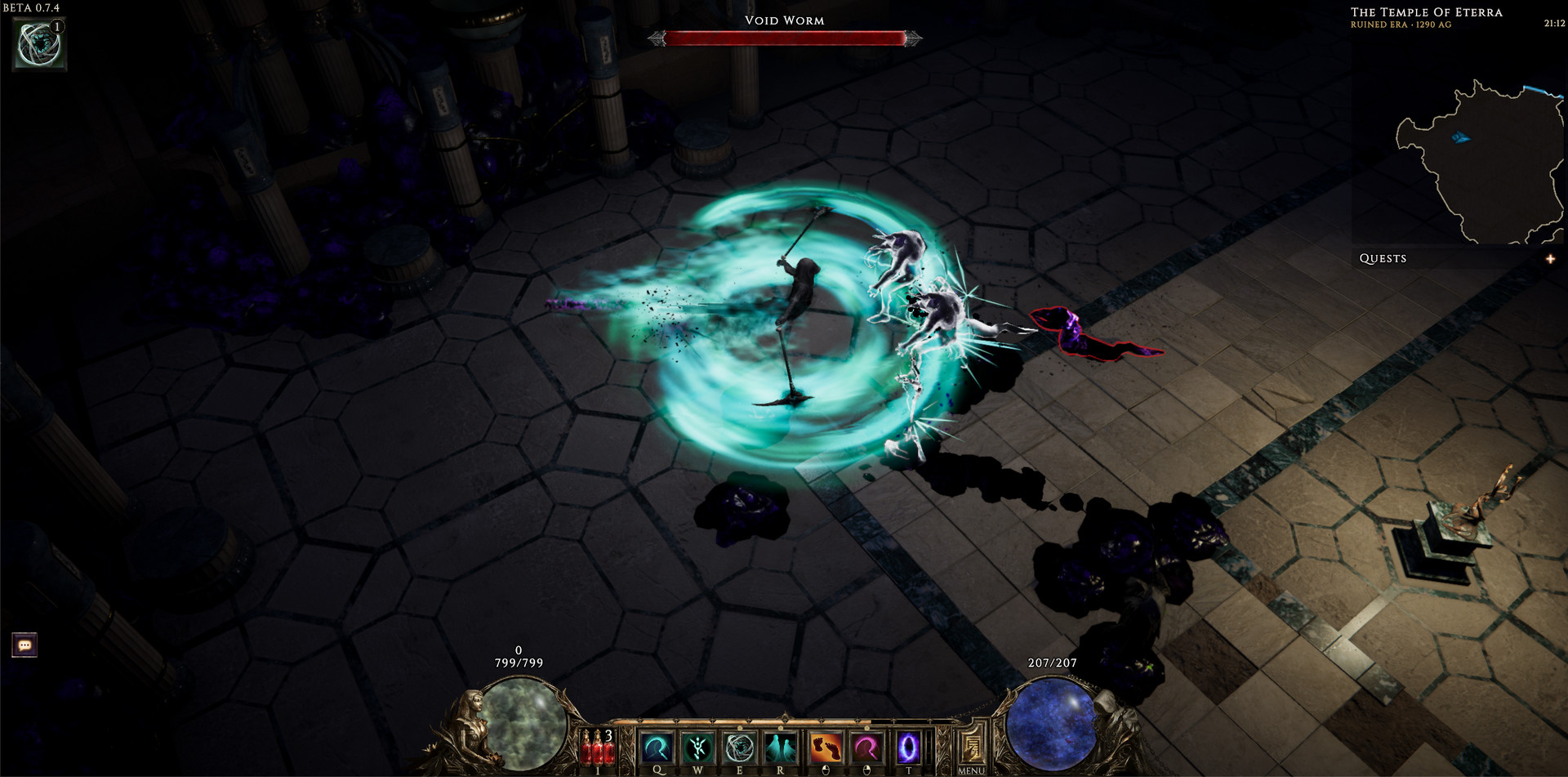
Thus, by bringing their activities to the fore, the directors allow the audience to see and understand how people live and struggle with problems, for whom this is all real. This step is essential because it gives the right to vote to those people who are at the epicenter of most environmental problems (Rodriguez, 2021).

The principle of “Pass the mic to artists and culture-makers of color” is clearly demonstrated since, in the film, we see various activists who influence its narrative. The film uses steps that Faviana Rodriguez highlighted to change the culture to combat climate change. Works of art, on the contrary, become part of this process, thereby not stopping it. Moreover, burning is an act of protest that aims to prevent the killing of elephants.
EPOCH MOVIE WIKI HOW TO
However, in my opinion, the authors of the films are trying to put before us a moral and ethical question about how to deal with ivory more nobly. The artist tells the audience about the painstaking work and the values that those works carry (Baichwal et al., 2018, 1:15:00). The fact is that stunning works of art made of ivory are being demonstrated. This contrasts significantly with what the activist was talking about. It is noteworthy that before the final scene, where the burning is shown to us, there is a moment where the artist’s story from Hong Kong is revealed. However, they take actions that will at least preserve their dignity not to be sold. The woman also speaks about this at the beginning of the film, drawing attention to the fact that they failed to save the animals from death.

This scene continues at the end of the film, where we see their burning (Baichwal et al., 2018, 1:20:02). It is worth noting that we will find out what these ivory constructions were intended for in the future. In my opinion, due to this scene, the audience understands the scale of the problem, which many do not even think about. In this case, the scene works quite well, as it allows filmmakers to set a serious tone for the whole narrative. My imagination could not immediately reproduce such many animals that were killed. She says that these installations use ivory from 10,000 elephants (Baichwal et al., 2018, 03:48). In this scene, a particularly important point is the woman’s story, who is trying to force the audience to pay attention to this problem emotionally. In addition, the shooting is carried out for quite a long time, demonstrating to us the cohesion of people engaged in the creation of certain installations. In this scene, there is also a dialogue with a local activist, who tells the details about what this industry is (Baichwal et al., 2018, 05:14). The voiceover tells the story of how bones became an object from which various ornaments or other things are made. At this moment, we are shown how the locals in Kenya collect ivory in several designs, the purpose of which the viewer will know later (Baichwal et al., 2018, 03:46). It occupies a special place, as it allows you to set a certain tone to the whole work. Special attention should be paid to the film’s opening scene, showing the transportation of ivory. Important Five-Minute Segment from the Documentary

All this makes it possible to contribute significantly to harnessing the power of culture for climate action. The film shows interviews with various activists, ordinary people, as well as culture-makers of color and various artists. Despite this, the filmmakers paid attention to the steps proposed by Favianna Rodriguez, which made the work much more thoughtful and exciting.

In my opinion, there is a lack of an important and direct statement about what needs to be done by those who have watched this film. However, there are opposing sides that may not allow us to understand the film’s goal fully. Thus, we do not have a false perception of the existing reality. It is essential to note that this film demonstrates the contradictory sides of the planet, but, on the other hand, attention is focused on the actual problems. In addition, a high-quality picture attracts special attention. I liked this work because it shows many stories of ordinary people. Anthropocene: The Human Epoch by Jennifer Baichwal, Nicholas de Pencier and Edward Burtynsky is a rather interesting film that reveals many details and events.


 0 kommentar(er)
0 kommentar(er)
